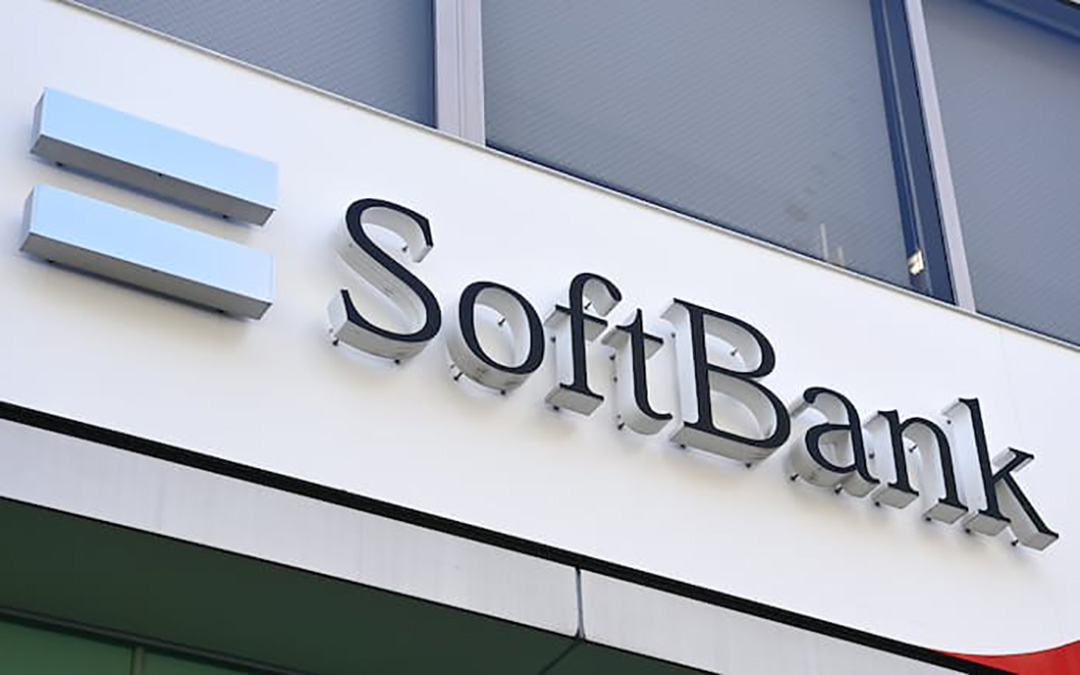Changes in SoftBank and Intel's AI chip cooperation: industry impact and future prospects

Recently, according to reliable sources, SoftBank and Intel's plan to discuss the joint development of AI chips has reportedly failed. This incident has attracted widespread attention in the chip industry and has also brought many variables to the entire electronic components field.
Previously, SoftBank had intended to work with Intel to produce artificial intelligence chips that could compete with Nvidia. However, because Intel could not meet SoftBank's requirements for output and speed, the negotiations between the two parties eventually broke down. The failure of this cooperation reflects the fierce competition in the chip industry and the complexity of cooperation.
For Intel, this is undoubtedly a setback in losing potential cooperation opportunities. Although Intel is a giant in the field of chip manufacturing, its failure to meet SoftBank's specific requirements may have a certain impact on its layout in the AI chip market. However, Intel's strength should not be underestimated, and it may focus more resources on the research and development and expansion of other related businesses. As for SoftBank, although the cooperation plan failed, they will obviously not easily give up their ambitions in the field of AI chips. It is reported that SoftBank will accelerate the combination of Arm's design and Graphcore's technology to produce products that can compete with Nvidia. In addition, SoftBank CEO Masayoshi Son plans to invest billions of dollars in an attempt to put the company at the center of the artificial intelligence boom, with grand plans covering everything from chip production and software development to powering data centers.

From the perspective of the entire chip industry, this incident also highlights some key issues. First, the number of chip manufacturers that can produce cutting-edge AI processors is limited, which makes companies face certain limitations when choosing partners. Second, the market's requirements for chip output and speed are increasing, and companies must continue to improve their technical strength and production capabilities to stand out from the competition. Although SoftBank is currently focusing on negotiations with TSMC, TSMC also has challenges in meeting the needs of existing customers, and the two sides have not yet reached any agreement. This also shows that cooperation in the chip industry is not smooth sailing, and all parties need to find a balance between multiple factors such as technology, production capacity, and market demand.
For the electronic components industry, the development trend of AI chips cannot be ignored. With the continuous popularization and application of artificial intelligence technology, the demand for high-performance chips will continue to grow. This will prompt electronic component companies to continue to innovate and develop products that better meet the requirements of AI chips to meet market demand.
In the future, we can foresee that the chip industry will continue to maintain a highly competitive situation. Companies need to continue to increase their R&D investment and improve their technology level to cope with the rapidly changing market environment. At the same time, cooperation and mergers and acquisitions may also become an important strategy for the development of the industry. Companies integrate resources, achieve complementary advantages, and jointly promote the advancement of chip technology. For investors and related practitioners, it is crucial to pay close attention to these industry dynamics. Understanding the development trend of the chip industry, the strategic layout of enterprises, and changes in market demand will help make more informed decisions.
Although the cooperation between SoftBank and Intel failed, it provides us with an important window to observe the chip industry and the electronic component industry. In this field full of challenges and opportunities, only companies that constantly adapt to changes and dare to innovate can remain invincible in the fierce competition and lead the development direction of the industry. Let us wait and see how these companies will continue to perform wonderful stories on the stage of AI chips in the future.




 Need Help?
Need Help?







